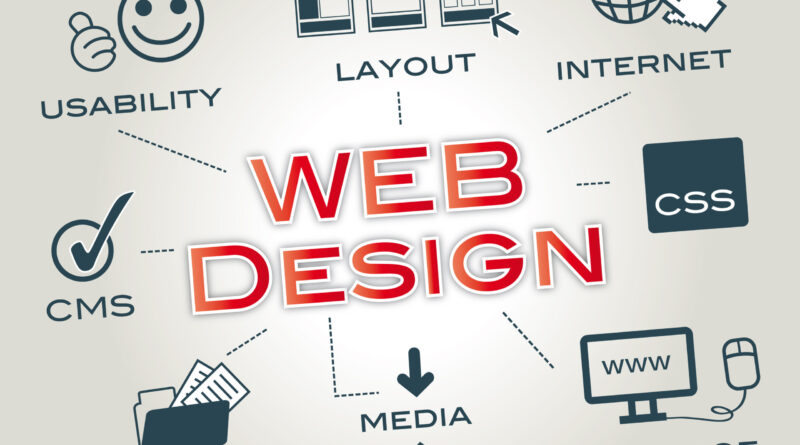Exploring the Latest Trends in Web Design for 2023
As technology continues to advance, web design trends evolve to meet the changing needs and expectations of users. In 2023, several trends are shaping the landscape of web design, influencing aesthetics, functionality, and user interactions. Here’s an exploration of the latest trends in web design for the current year:
- Dark Mode Dominance: Dark mode has gained widespread popularity, providing users with a visually appealing and energy-efficient alternative to the traditional light interface. Many websites and applications now offer a dark mode option, and designers are incorporating dark color schemes into their overall design aesthetics.
- Immersive 3D Elements: Three-dimensional elements, including graphics, illustrations, and animations, are becoming more prevalent in web design. These elements add depth and interactivity, creating a more immersive experience for users. With advancements in technology, browsers can now handle complex 3D visuals without compromising performance.
- Neumorphism and Soft UI: Neumorphism, a design trend inspired by skeuomorphism and flat design, focuses on creating soft, realistic, and tactile interfaces. Soft UI elements, such as subtle shadows and highlights, add depth to buttons and components, resulting in a visually pleasing and approachable design.
- Microinteractions for User Engagement: Microinteractions, small animations or visual responses triggered by user actions, play a crucial role in enhancing user engagement. From subtle button animations to feedback during form submissions, microinteractions contribute to a more interactive and enjoyable user experience.
- Custom Illustrations and Graphics: Custom illustrations and graphics are increasingly used to create unique and memorable brand identities. These bespoke visual elements not only add a personal touch but also communicate brand personality and values effectively.
- Imperfections and Hand-Drawn Elements: Embracing imperfections and incorporating hand-drawn elements into web design adds a human touch. This trend deviates from the perfectly polished aesthetic, creating a more authentic and relatable online experience.
- Variable Fonts for Dynamic Typography: Variable fonts allow for greater flexibility in typography, enabling designers to adjust weight, width, and other attributes seamlessly. This trend enhances the creative possibilities for typography, contributing to more dynamic and expressive web designs.
- Sustainability-Focused Design: As environmental concerns continue to grow, web designers are incorporating sustainability-focused design practices. This includes optimizing website performance for energy efficiency, reducing carbon footprints, and integrating eco-friendly visuals and messaging.
- Augmented Reality (AR) Integration: AR elements are making their way into web design, providing users with interactive and augmented experiences. From virtual try-on features for e-commerce websites to AR-enhanced storytelling, this trend opens new possibilities for engaging content.
- Voice User Interface (VUI) Integration: With the rise of voice-activated devices, integrating voice user interfaces into web design is becoming more relevant. Designers are exploring ways to make websites accessible and user-friendly through voice commands, catering to a diverse range of users.
Staying abreast of these trends allows designers to create modern and relevant web experiences. However, it’s essential to balance trend adoption with the specific needs and goals of each project, ensuring that the design choices contribute positively to the overall user experience and functionality.
Post Views: 16

